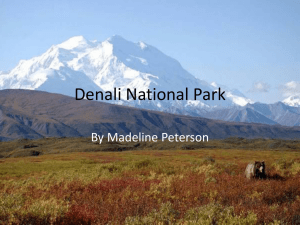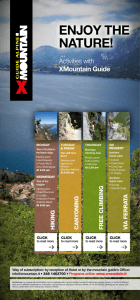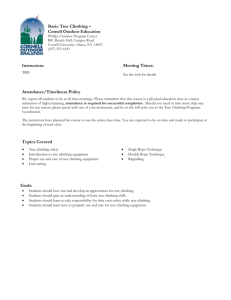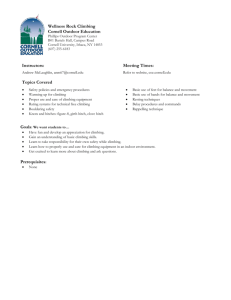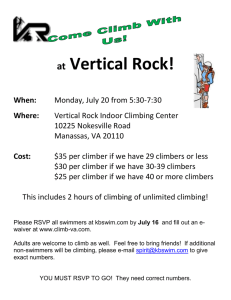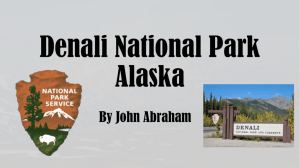44054.1143134420.10-51-21
advertisement
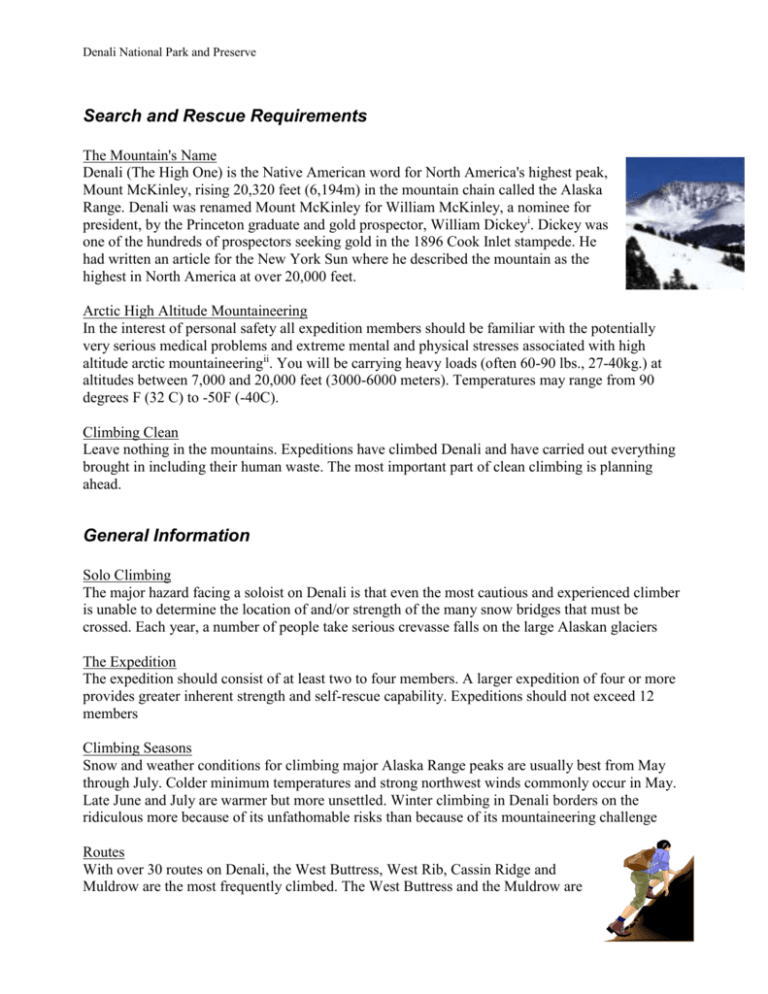
Denali National Park and Preserve Search and Rescue Requirements The Mountain's Name Denali (The High One) is the Native American word for North America's highest peak, Mount McKinley, rising 20,320 feet (6,194m) in the mountain chain called the Alaska Range. Denali was renamed Mount McKinley for William McKinley, a nominee for president, by the Princeton graduate and gold prospector, William Dickeyi. Dickey was one of the hundreds of prospectors seeking gold in the 1896 Cook Inlet stampede. He had written an article for the New York Sun where he described the mountain as the highest in North America at over 20,000 feet. Arctic High Altitude Mountaineering In the interest of personal safety all expedition members should be familiar with the potentially very serious medical problems and extreme mental and physical stresses associated with high altitude arctic mountaineeringii. You will be carrying heavy loads (often 60-90 lbs., 27-40kg.) at altitudes between 7,000 and 20,000 feet (3000-6000 meters). Temperatures may range from 90 degrees F (32 C) to -50F (-40C). Climbing Clean Leave nothing in the mountains. Expeditions have climbed Denali and have carried out everything brought in including their human waste. The most important part of clean climbing is planning ahead. General Information Solo Climbing The major hazard facing a soloist on Denali is that even the most cautious and experienced climber is unable to determine the location of and/or strength of the many snow bridges that must be crossed. Each year, a number of people take serious crevasse falls on the large Alaskan glaciers The Expedition The expedition should consist of at least two to four members. A larger expedition of four or more provides greater inherent strength and self-rescue capability. Expeditions should not exceed 12 members Climbing Seasons Snow and weather conditions for climbing major Alaska Range peaks are usually best from May through July. Colder minimum temperatures and strong northwest winds commonly occur in May. Late June and July are warmer but more unsettled. Winter climbing in Denali borders on the ridiculous more because of its unfathomable risks than because of its mountaineering challenge Routes With over 30 routes on Denali, the West Buttress, West Rib, Cassin Ridge and Muldrow are the most frequently climbed. The West Buttress and the Muldrow are Denali National Park and Preserve the easiest ascent routes; the primary climbing difficulties being crevasses, steep ice and exposed ice covered ridges Route Frequency West Rib----------------------20% Cassin Ridge-------------------7% Muldrow------------------------45% Guide Services Seven American guide services are authorized for Denali, Mt. Foraker and other peaks/mountainous areas within the Wilderness boundary. These and other guide services have permits to operate within the new park additions outside the Wilderness. Each of the seven Denali services meets stringent standards established by the National Park Service to insure a quality operation. All operators are reviewed periodically to maintain a high standard. Aircraft Aircraft operated by commercial use permit holders are allowed to land in the new park additions. The original park is designated Wilderness and, as such, motorized vehicles are prohibited. Helicopters are not allowed to land in the park unless there is an emergency. Medical Problems Cold Injuriesiii Major hazards of a Denali climb are frostbite and hypothermia. Denali presents a combination of long exposure, severe weather, high altitude, low temperature and low humidity that make it one of the most severe climates on Earth Diagnosis and Prognosis. The typical early signs of frostbite are sensations of cold or pain [loss of sensation and numbness] and pallor of the affected skin. However, some victims may suffer little pain, and pain typically disappears as the tissues begin to freeze. As freezing progresses, the tissues usually become even whiter in appearance Treatment. The preferred treatment for frostbite is rapid rewarming in a... water bath. During rewarming, hot water must be added to the bath periodically to keep the temperature at the desired leveliv. (A frozen hand or foot is essentially a block of ice and does tend to cool the water.)... Warming usually requires thirty to sixty minutes, and should be continued until the tissues are soft and pliable. During rewarming, the frostbitten tissues usually become quite painful. Aspirin and codeine... may be given during rewarming or afterward for pain. Item Use Diphenhydramine Allergies, Sleep Ibuprofen Headache, Muscle pain, Frostbite Promethazine Nausea, Vomiting Sun Block Sunburn Prevention Denali National Park and Preserve Acclimatization It requires one to two weeks to become well acclimatized to a given altitude on Denali (depending on the individual). Individuals also lose this acclimatization in the course of a few weeks. Talkeetna is close to sea level which is a major disadvantage for someone who has established some acclimatization and is waiting to fly in. The longer they wait, the more acclimatization is lost. Several days spent high on peaks before your arrival will not be enough to transfer that acclimatization to your climb here. You will lose that acclimatization in transit. Nearly all of these falls prove to be little more than an adrenaline rush for the entire climbing team…unless of course, the person who fell is either improperly roped or not roped at all. Unfortunately, experience plays little part in determining who falls through these snow bridges. Some crevasses may be faintly visible while others are totally undetectable. Search and Rescue Requirements ................................................................................................................ 1 The Mountain's Name ....................................................................................................................................... 1 Arctic High Altitude Mountaineering .................................................................................................................. 1 Climbing Clean .................................................................................................................................................. 1 General Information ....................................................................................................................................... 1 Solo Climbing .................................................................................................................................................... 1 The Expedition .................................................................................................................................................. 1 Climbing Seasons ............................................................................................................................................. 1 Routes ............................................................................................................................................................... 1 Route Frequency ............................................................................................................... 2 Guide Services .................................................................................................................................................. 2 Aircraft ............................................................................................................................................................... 2 Medical Problems .......................................................................................................................................... 2 Cold Injuries ...................................................................................................................................................... 2 Diagnosis and Prognosis................................................................................................................................... 2 Treatment. ......................................................................................................................................................... 2 Acclimatization .................................................................................................................................................. 3 i Terris Moore, Mt.Mckinley: The pioneer climbs (New Haven: Yale UP, 1986) 32 ii Jonathan Waterman, Surviving Denali, (Princeton, Princeton UP, 1988) 567 James A Wilkerson M.D., “Medicine for Mountaineering “, Outdoor Life, June 1992: 34 iv James a Wilkerson M.D., “Medicine for Mountaineering”, Expedition, September 1992:134 iii
